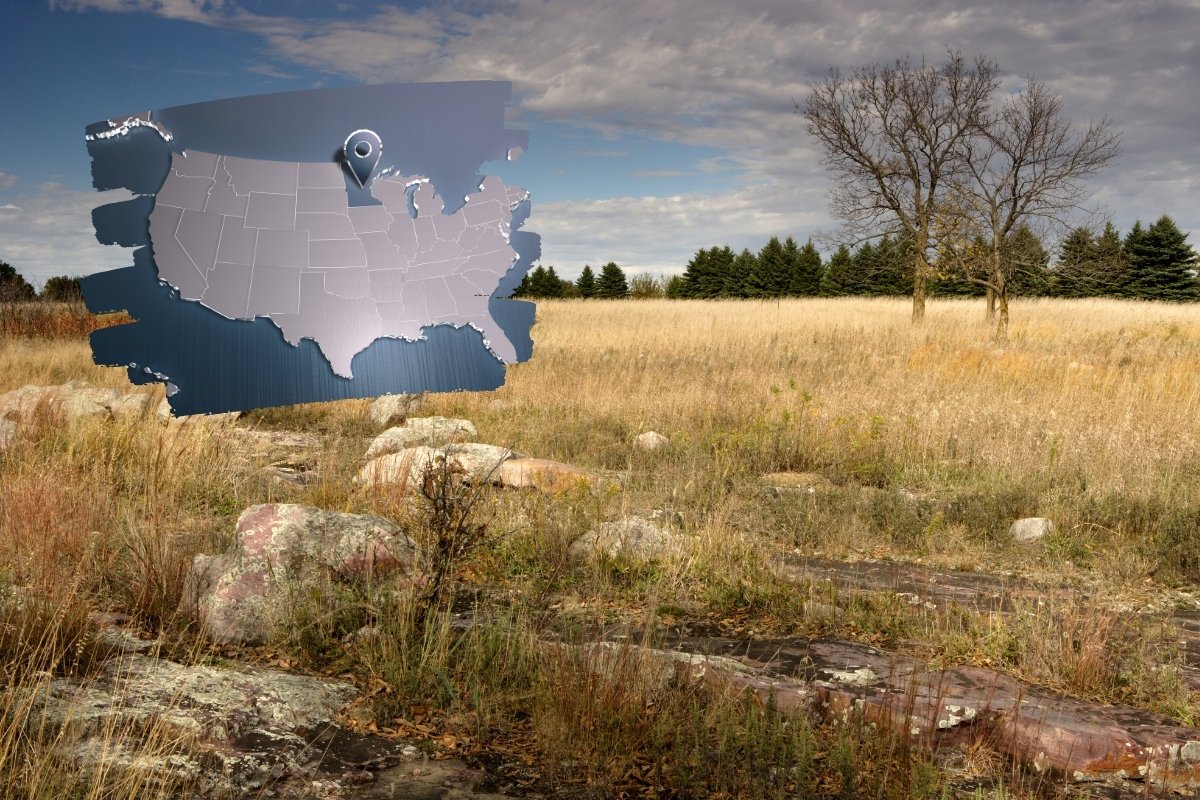Before you start planting what you like, you need to ask: what zone is Minnesota for gardening? Knowing this changes everything!
Hardiness zones allocate specific characteristics to different locations based on their environmental conditions. These zones help gardeners know what to plant so they’ll have a garden that survives and thrives.
Some plants adapt quickly and grow in various conditions, but others are sensitive to the slightest change. Hardiness zones list the average temperatures specific regions experience to help you pick plants and crops that will survive the weather they’re bound to encounter.
In this article, I list the gardening zone for Minnesota, explain what each means, share which plants grow really well in this area, and share some tips for tackling these temperatures.
What Zone Is Minnesota For Gardening?
The state of Minnesota stretches over 5 hardiness zones, starting from a few cities in 3a and ending with one town in 5a. Upper cities like Roseau and Cook lie in Zone 3a. Walker, Bagley, and Bigfork are some in Zone 3b.
You’ll find Ada and Fergus Falls in Zone 4a. Olivia, Wilmar, Madison, and Marshall are located in Zone 4b. Fairmont, being the furthest South, is the only one in Zone 5a.

Characteristics Of The Different Zones Of Minnesota
Zone 3: You’ll find it the most difficult to keep a healthy garden in this zone. The winters get extremely cold, with minimum temperatures reaching as low as -40 degrees.
The air can become very dry, with harsh winds and freezing blizzards. You can only grow for a short period when some sunlight is available.
Zone 4: The four seasons range from extremely cold to hot in this zone. They change very fast and leave no recovery time in between harsh temperatures.
You’ll find the climate arid, but with large amounts of fluffy snow instead of heavy snow. Extreme minimum temperatures in Zone 4 areas start around -20 degrees and decline to as low as -30 degrees.
Zone 5: This hardiness zone has four distinct seasons. The summers are humid and hot with heavy rainfall, while the winters have heavy snowfall.
You’ll only have a short growing season, although it won’t be as fast passing as zones 3 and 4. The temperatures in Zone 5 can reach a minimum of -15 degrees.
The Best Plants To Grow In Zones 3 To 5
Summer Bulbs
You can plant summer bulbs in spring and expect them to bloom during the summer. These bulbs can withstand harsh winters and color your garden with beautiful, bright shades during the frost-free seasons.
Summer bulbs are vibrant, and there are many to choose from. You can start these plants outdoors in a large pot and transplant them to direct soil when the summer temperatures warm the ground.
Seasonal bulbs include Lilies, Cannas, Dahlias, Begonias, Caladium, and Gladiolus.
Month-By-Month Gardening in Minnesota
Hosta
Hostas are also known as Plantain Lillies, and they’re suited for Zone 3 areas. These plants are versatile and shade-tolerant. They also require little maintenance and are easy to grow.
You can fill your garden with a green layer of beauty when planting Hostas. While you won’t see them in winter, they’ll bloom in spring!
Shade Trees
Although these zones have very harsh winters, summers in zone 4 and 5 can get warm enough to grow shade trees. You can choose between oak trees, maple trees, and birch trees.
Lilacs
These beauties can add a pop of color and a wonderful fragrance to your garden. You’d be surprised to see how these plants withstand the cold!
They can be grown in shrubs to bring your garden together, or you can plant some lilac trees. There are wide varieties of lilacs, including Bloomerangs and Miss Kims, to choose from.
Tips For Growing In These Minnesota Zones
The first frost dates in Minnesota hardiness zones are mid-September to late October. The last frost dates vary from early April to mid-May.
You should keep these dates in mind and only plant when the last frost has passed. This will eliminate the chances of frost ruining your hard work by killing your plants.
If you’re closer to or in Zone 3, you should plant your seedlings indoors. Only transplant them outside when they’re mature enough to withstand the harsh winters.
Minnesota zones make way for greenhouses. Having one is an excellent idea since you’ll be able to grow anytime and limit the effect of weather conditions outside. This will prolong the short growing seasons of some zones.
It’s essential to choose plants that can handle the extreme winters that Minnesota zones throw at them. Zone 3 is the coldest of them all, so think carefully when deciding what to plant if you’re here.
In Conclusion
Minnesota stretches across different hardiness zones. You’ll have to plant with reference to your specific region. If you’re unsure which plants or crops will grow best where you live, asking experts at your local plant nursery is a good idea!
Planting wrong for the temperatures your zone experiences can be devastating. Some plants won’t grow beyond their seed, and some that do might die soon after. Growing plants that withstand your region’s coldest temperature will help you achieve a beautiful garden.
I hope you liked this article and have a better idea of how your hardiness zone’s temperatures look. If you have more questions about the different zones or which plants and crops grow best in each, ask them in the comments!
FAQ’s
What gardening zone is Minneapolis, MN?
Minneapolis, MN, is located in hardiness zones 4b and 5a. These zones have minimum temperatures between -20 and -30 degrees.
What are the USDA Zones in Minnesota?
Minnesota zones range from 3a to 5a.
What planting zone is northern Minnesota?
The northern parts of Minnesota are in hardiness Zone 3 and experience minimum temperatures of -30 to -40 degrees.
What planting zone is Brainerd, MN?
Brainerd, MN, is in Zone 3.

